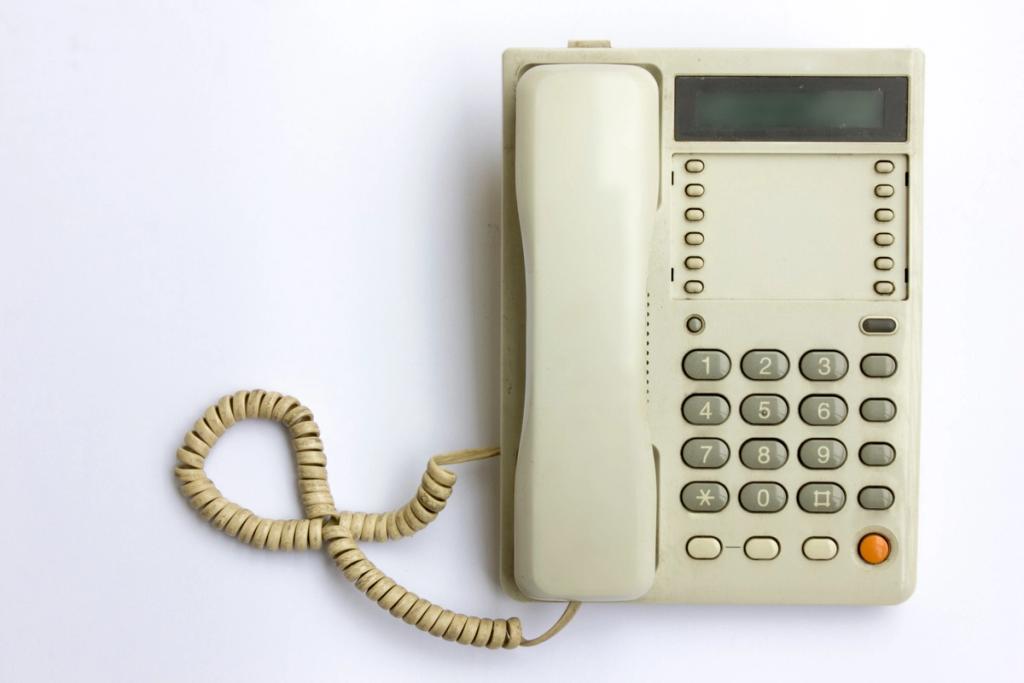
Company Blog
The End of Traditional Phone Lines: What It Means for Your Business
For decades, traditional phone lines — also known as landlines, POTS lines or analog service — formed the backbone of business communication systems. They powered not just desk phones, but also elevators, alarms, fax machines, credit card readers, and countless other critical systems. But those days are ending. Telephone companies across the U.S. are phasing out copper-based services, forcing organizations of all sizes to find a landline replacement that connects their essential systems. If your business still relies on traditional lines, it’s time to plan your next move.
Why Traditional Phone Lines Are Disappearing
Technology has advanced, but the infrastructure behind legacy phone lines hasn’t kept up. Maintaining copper networks is expensive and inefficient for carriers, and demand has dropped as businesses shift to digital solutions.
The FCC has authorized carriers to retire these aging networks, which means higher costs, reduced reliability, and in some areas, complete discontinuation of service. For businesses, it underscores the end of landlines as we know them.
Traditional Lines vs. Modern Alternatives
A clear way to understand the shift is to compare traditional landlines with modern digital replacements:
Takeaway: Traditional lines lock you into aging infrastructure, while modern solutions are built for flexibility, integration, and long-term sustainability.
Where the Impact Will Be Felt
A surprising number of businesses don’t realize how many business communication systems still depend on landlines. The impact isn’t just on voice calls. It also extends to safety and operations:
- Door & Gate Access Systems – Many entry controls and intercoms are tied to analog lines.
- Emergency Phones – Blue light stations, roadside call boxes, and pool/parking lot phones.
- Point-of-Sale Systems – Retail checkouts and backup credit card machines
- Medical Devices & Monitoring – Some patient monitoring and nurse call stations
- Utility & Industrial Controls –Water, power, and other systems with remote monitoring
Without a replacement plan, these systems could fail at a critical moment.
What Your Business Can Do Now
The shift away from traditional phone lines ensures that essential systems continue to work without disruption.
Here’s how to prepare:
1. Audit Your Systems
Make a list of every device or service connected to traditional phone lines (phones, alarms, elevators, faxes, etc.).
2. Evaluate Alternatives
Look for solutions that don’t rely on copper infrastructure. Cellular-based options are particularly strong because they work anywhere and don’t depend on local wiring.
3. Plan for Reliability
Choose technology with built-in backup power and network redundancy. Emergencies are when you need these systems most.
4. Think Long-Term
Don’t just patch the problem. Select a solution that scales with your organization and integrates with modern communication tools.
A Smarter Path Forward
At Premier Wireless, we’ve seen firsthand how disruptive the end of traditional phone lines can be. That’s why we offer a full suite of POTS replacement solutions — including Simplifi & VoiceLink POTs Replacement, the PepLink POTs Adapter, the POTS Box, and our Communication Hub — to meet different needs, budgets, and environments.
Unlike traditional landlines, these solutions connect over T-Mobile secure network. Setup is quick, there’s no trenching or rewiring, and you avoid the rising costs carriers are now charging for legacy service.
Whether you’re running a school, healthcare facility, government office, or retail business, our goal is always the same: to keep your critical systems connected without surprises.
Final Thought
The end of traditional phone lines is happening now. Businesses that act early will avoid rising costs, sudden disconnections, and operational risks.
If you’re ready to explore a seamless path forward, our team at Premier Wireless can help you evaluate your current systems and identify the right replacement. Reach out today to start the conversation — because when it comes to keeping your business connected, waiting isn’t an option.